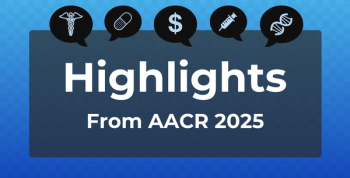
ED Visits Top Executive 'Watch List'
The Affordable Care Act has been touted as a means to control costs and improve quality of care. One initiative in that effort is to steer patients away from visiting the emergency department (ED). That undertaking may prove to be challenging.
The Affordable Care Act has been touted as a means to control costs and improve quality of care. One initiative in that effort is to steer patients away from visiting the emergency department (ED). That undertaking may prove to be challenging, especially in light of a recent report which found that people in Oregon who gained coverage through Medicaid used the ED 40% more than those who were uninsured. These findings disprove the myth that suggests it is only the uninsured who end up getting treated in hospital EDs.
“I would view it as part of a broader set of evidence that covering people with health insurance doesn’t save money,”
Additionally, some hospitals are building EDs specifically tailored to the aging population. While promising for elderly patients, who are more likely to have complex or chronic conditions and be readmitted, they may not be cost-effective. Senior-specific EDs costs can range from $150,000 to $3.2 million to operate, depending on the number of patients a hospital treats.
“Is this money being well spent? There are some instances where this might improve readmission rates. (But) true robust data is not yet available for outcomes for senior-specific EDs,” said Robert Maliff, director of ECRI’s Applied Solutions Group.
According to the ECRI Institute’s 2014 Top 10 Hospital C-Suite Watch List, there are 10 clinical developments, tools, and technologies that healthcare executives should be aware of, including EDs tailored to elder care. The group notes that the suggestions they offer are not a list of “must-haves,” but rather a list of “must-think-carefully-about” technologies and health-system issues. They suggest
- Computer-assisted sedation systems
- Catheter-based renal denervation for treatment-resistant hypertension
- EDs for elderly patients
- Copper surfaces in a hospital room
- Wearable powered exoskeleton rehabilitation for people who are paralyzed
- Magnetic resonance guidance focused ultrasound for bone-crushing cancer pain
- NanoKnife system
- Real-time magnetic resonance imaging—adaptive radiation therapy
- Intelligent pills
- Big data
Around the Web
Growth of Senior-Specific EDs Holds Quality Promise but Raises Cost Issues
Study: Expanding Medicaid Doesn’t Reduce ER Trips. It Increases Them.
Newsletter
Stay ahead of policy, cost, and value—subscribe to AJMC for expert insights at the intersection of clinical care and health economics.









































